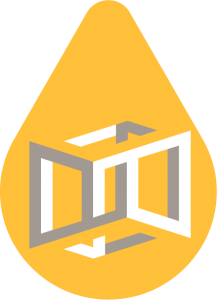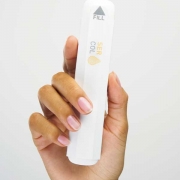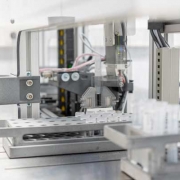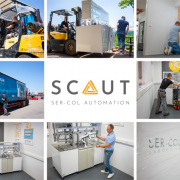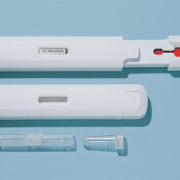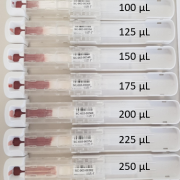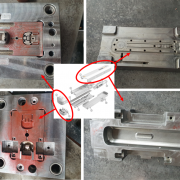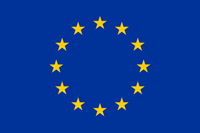First scientific publication Ser-Col in Acta Tropica – Elsevier
We are pleased to announce the publication ‘Automated and combined HIV, HBV, HCV, and syphilis testing among illegal gold miners in French Guiana using a standardised dried blood device’ in the journal Acta Tropica.
In this publication, Professor Edouard Tuaillon of the Institute of Molecular Genetics of Montpellier (Institut de Génétique Moléculaire de Montpellier (IGMM)) describes the use of the Labonovum Ser-Col blood collection device in comparison with plasma results and DBS results in a study of HIV, HBV, and syphilis among illegal gold miners in French Guiana.
The researchers established a complete concordance of Ser-Col and DBS results for HIV diagnosis compared with plasma results. Ser-Col facilitates large-scale surveys and improves testing of populations living in remote areas.
Interested in reading the entire publication:
https://authors.elsevier.com/c/1g6WL,2UvtImB
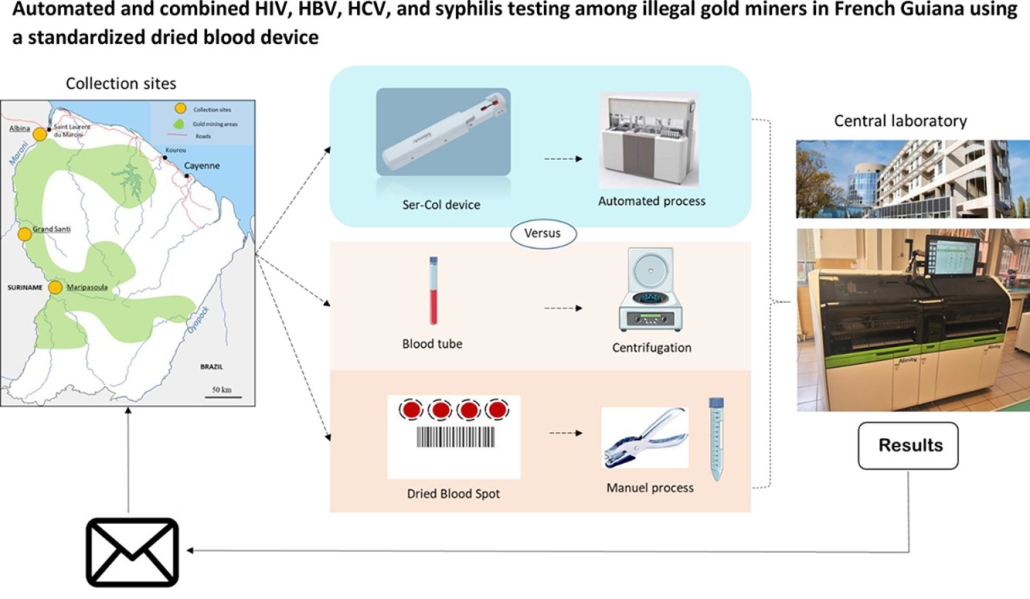
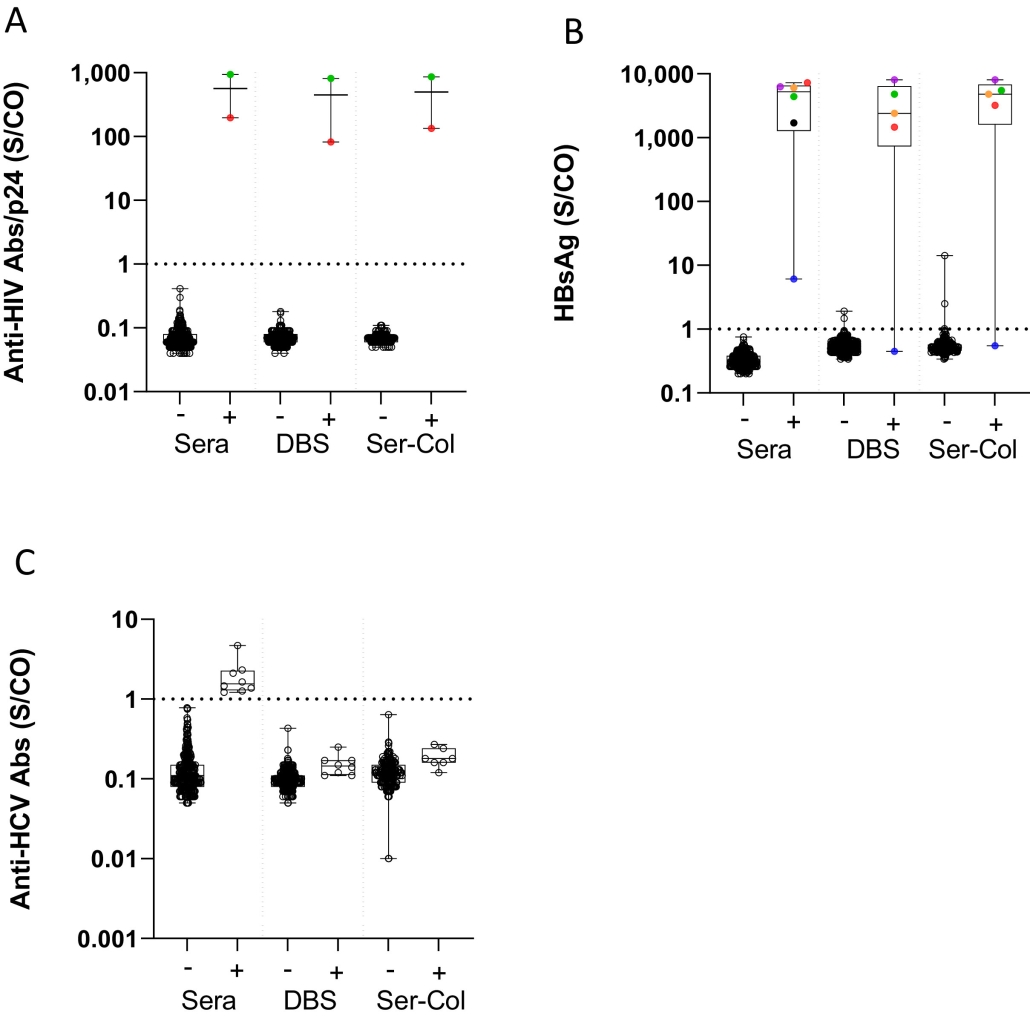
Caption: Results of HIV, hepatitis B and hepatitis C testing on Ser-Col and DBS samples. A) Results of HIV testing in Ser-Col samples and dried blood spot (DBS) according to HIV status in sera. B) Results of HBsAg testing in Ser-Col samples and dried blood spot (DBS) according to HBsAg status in sera. C) Results of hepatitis C antibody testing in Ser-Col samples and dried blood spot (DBS) according to anti-HCV status in sera. All samples tested positive for anti-HCV antibodies were negative for HCV RNA.
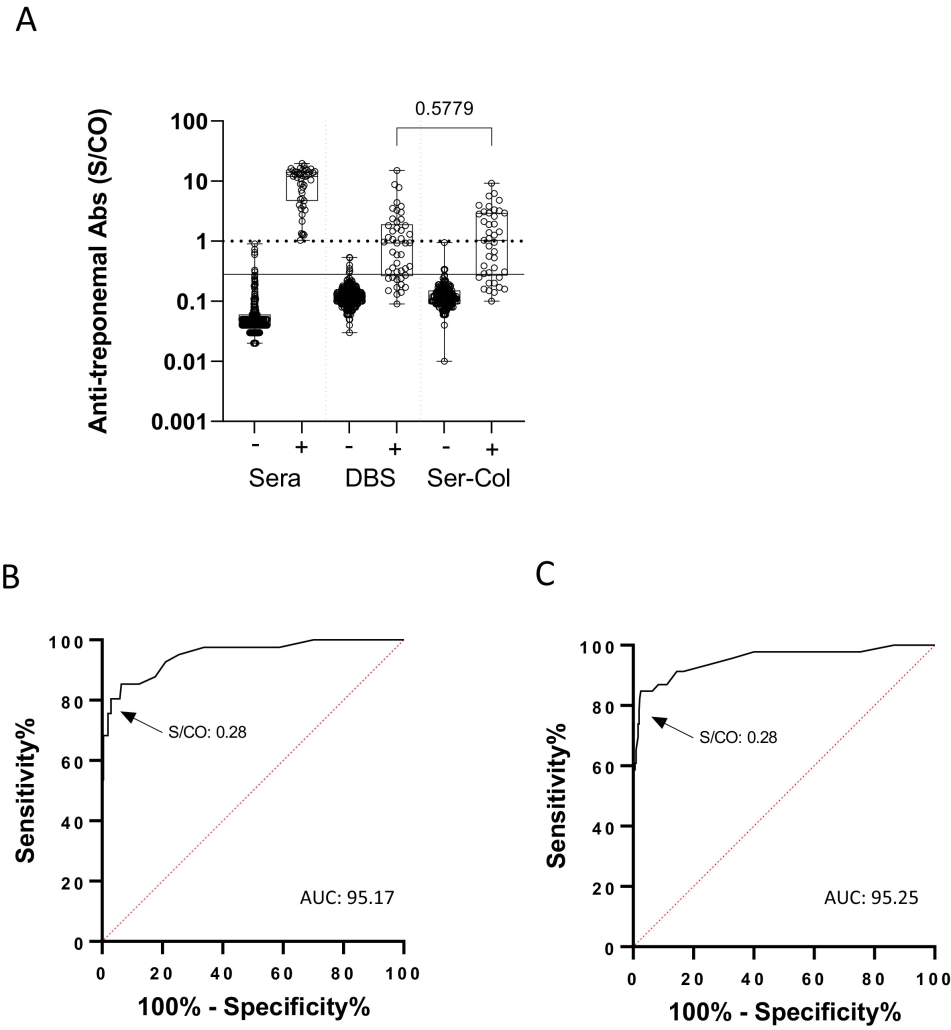
Caption: Anti-treponemal antibody results in Ser-Col and Dried Blood Spot samples. A) Anti-treponemal antibodies in Ser-Col samples and dried blood spot (DBS) according to syphilis serological status in plasma; dotted line: threshold of the manufactuer; solid line: optimized threshold for Ser-Col and DBS samples. B) Receiver operating characteristic curve (ROC) evaluating anti-treponemal antibody detection in Ser-Col samples. C) ROC evaluating anti-treponemal antibody detection in DBS samples.
